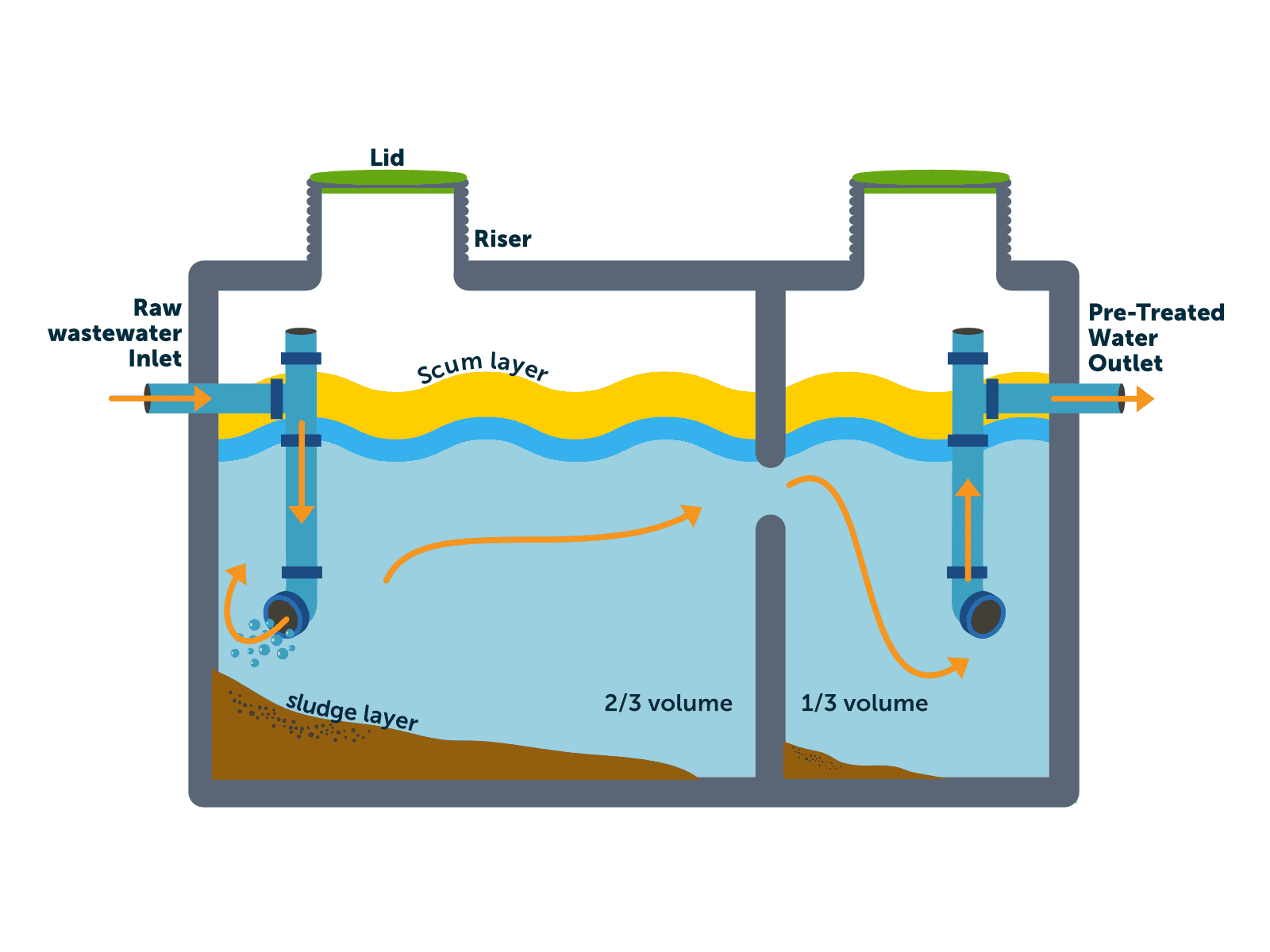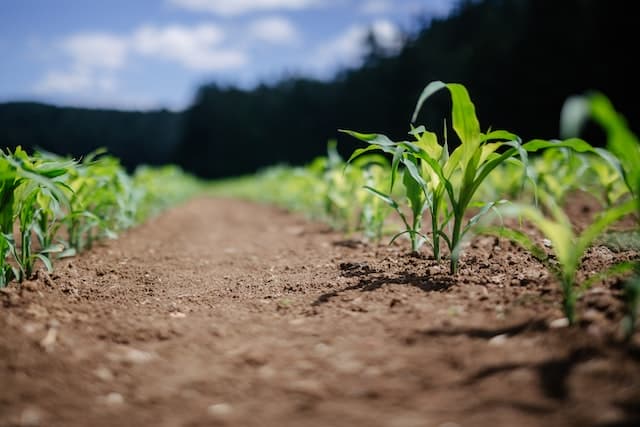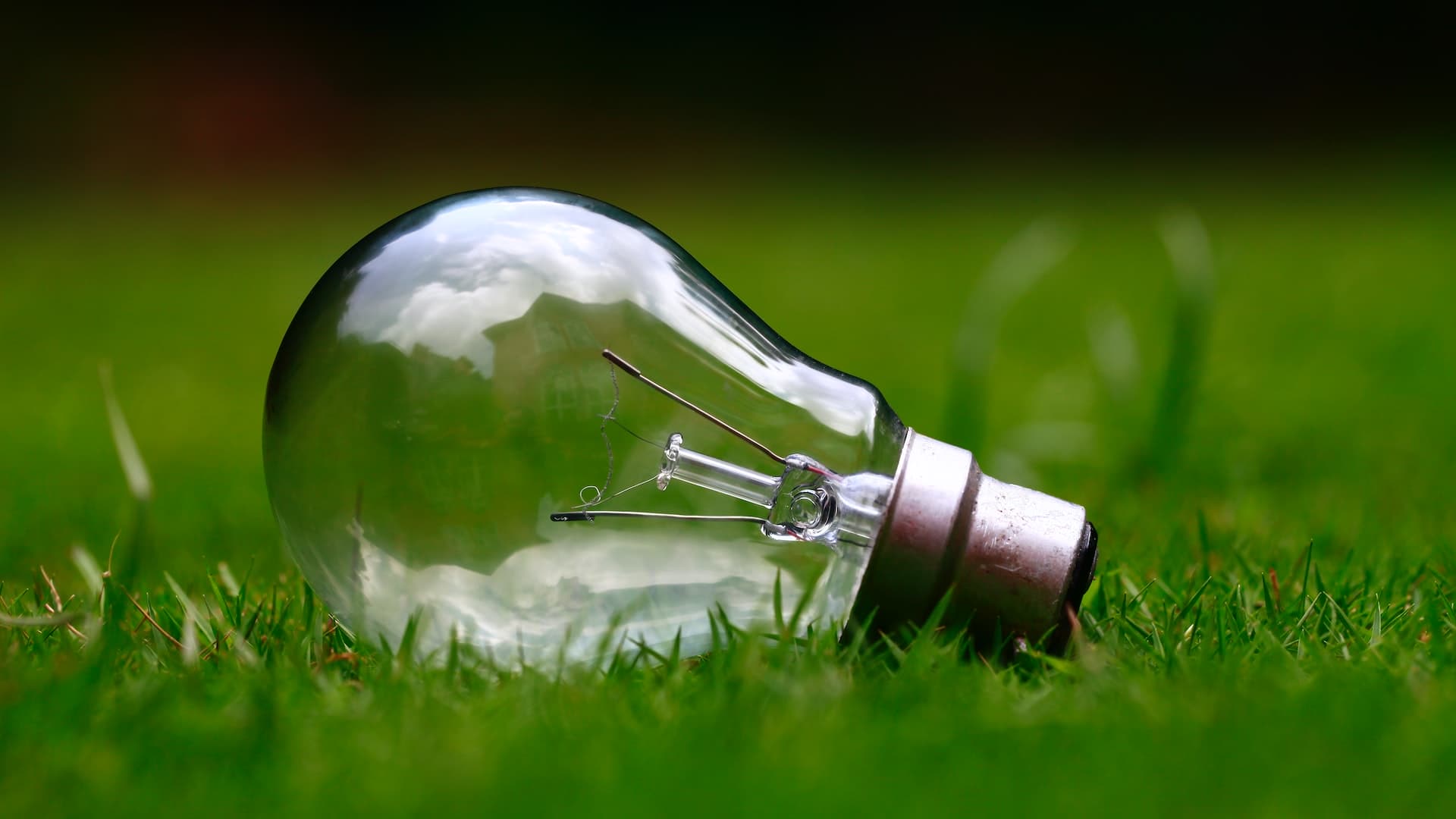With the continuous depletion of our natural resources, we need alternative ways to produce energy. One of these ways is to use the sludge from wastewater treatment to extract maximum resources. Sludge is one of the most abundant wastes from wastewater treatment plants, and is an important source of nutrients and organic matter that can be used to replace conventional means of fertilizer and electricity production.
This blog post explores the ways in which this sludge from urban wastewater treatment can be valorized, the economic and environmental benefits associated with this valorization, and why the use of this resource is becoming increasingly popular. Read on to learn more about this virtuous process!
Sewage sludge is waste from wastewater treatment. It is largely composed of organic and mineral matter. Sludge from wastewater treatment plants is divided into 4 types:
Whether primary, secondary/biological, physico-chemical or not, all sludge from wastewater treatment contains mineral and organic matter and therefore has a fermentable part: it is this part that will allow the sludge to be recovered in the form of biogas.
 Depending on its origin and composition, sewage sludge can be reused in different ways. One of the most widespread recovery methods for decades has been to return the sludge to the soil: land application.
Depending on its origin and composition, sewage sludge can be reused in different ways. One of the most widespread recovery methods for decades has been to return the sludge to the soil: land application.
It is also one of the most regulated methods, especially in France. When it is considered suitable, and after an appropriate treatment (liming, composting, anaerobic digestion, dehydration), sludge from wastewater treatment can be spread on agricultural plots. This recovery method allows the return to the soil of organic and mineral matter, including the nutrients trapped in large quantities in the sludge during the treatment of wastewater in wastewater treatment plants. These are the same nutrients, such as nitrogen and phosphorus, that we seek to remove from the water before discharging it into the natural environment. It is therefore a question of substituting sludge for industrially produced organo-mineral fertilizers, thus relieving the pressure on natural deposits - in particular, that of phosphate rocks, which are expected to be depleted before the end of the century - and bringing this "waste" into a virtuous loop of the circular economy.
In some cases, sewage sludge (after a minimum of on-site treatment) is sent directly to energy recovery units: its temperature and dry matter content can be useful to these incineration units, which can adjust the temperature of the furnaces. In addition to reducing the quantity of waste, such recovery units can produce steam and therefore electricity.
Another way of recovering sludge from wastewater treatment is to exploit its fermentable part, via the anaerobic digestion process (also called methanization). The organic sludge from the wastewater treatment is transported to large-volume tanks, called digesters, where it is stored for about 20 days. At the end of a biochemical process, methanogenic bacteria degrade the organic matter of the sludge: this degradation leads to the production of biogas.
 The uses of biogas are varied and depend, among other things, on its composition:
The uses of biogas are varied and depend, among other things, on its composition:
When it comes out of the anaerobic digestion process, the sludge is called "digested" and can also be returned to the soil. Digestate producers may even consider marketing it in order to earn income from this resource, which initially is considered a waste product in the legal sense.
Once again, the recovery of this resource relieves the pressure on natural deposits, by reintroducing a raw material to the market.
The valorization of sewage sludge as an energy source has been researched for many years, with much potential but also many challenges. Cost remains a major concern: current related expenses can often be high due to the labor intensity and investment in equipment required for this innovative process, especially for anaerobic digestion units.
In addition, major safety issues may remain in some countries, as sewage sludge generally contains pathogens and other hazardous materials that could endanger people and animals if not properly and strictly treated. In France, land application is extremely well supervised and even considered restrictive. The sludge returned to the soil must meet very precise criteria, concerning the nutrients it contains, organic matter, heavy metals, and also pathogenic micro-organisms. The control of health risks thus depends on the regulations in force in each country.
Finally, logistical problems can sometimes require additional efforts; for example, if the location of a treatment plant is remote or inaccessible, this can make the transportation of sewage sludge difficult or even impossible. Despite these difficulties, many argue that sewage sludge recovery is a virtuous solution both economically and environmentally.
A number of companies have successfully implemented the process of producing energy from sewage sludge.
In Mulhouse (France), the SIVOM has gradually invested in its wastewater treatment infrastructure (490,000 p.e.) and energy recovery. The sludge from the wastewater treatment of more than 20 municipalities (and 2 major industrial companies) is injected into an anaerobic digestion unit; the biogas is treated and then injected into the city gas network. The SIVOM has started to equip itself with a fleet of city buses running on biogas.
After digestion, the sludge can be sent to the energy recovery unit located next door. This incineration plant produces steam and electricity. A large part of the steam created supplies a nearby paper mill and thus covers almost 70% of its annual needs. The electricity produced covers the needs of the recovery plant and the sewage treatment plant.
Sewage sludge can be an incredibly valuable resource for energy production. It has the potential to reduce carbon emissions, help reduce waste disposal, and offer a wide variety of uses beyond just energy production. Despite the many benefits of using sewage sludge, a major challenge remains, such as cost. Companies have been able to demonstrate the successful implementation of renewable energy production from sewage sludge and have provided insight into how other organizations can replicate their success in using this technology. By continuing to make technological advances in converting sewage sludge into energy sources, we can move toward a better, more sustainable future for our planet.
What if we told you that BIOROCK produces locally ecological and non-electric wastewater systems to prevent pollution of waterways? Let's discuss it together.